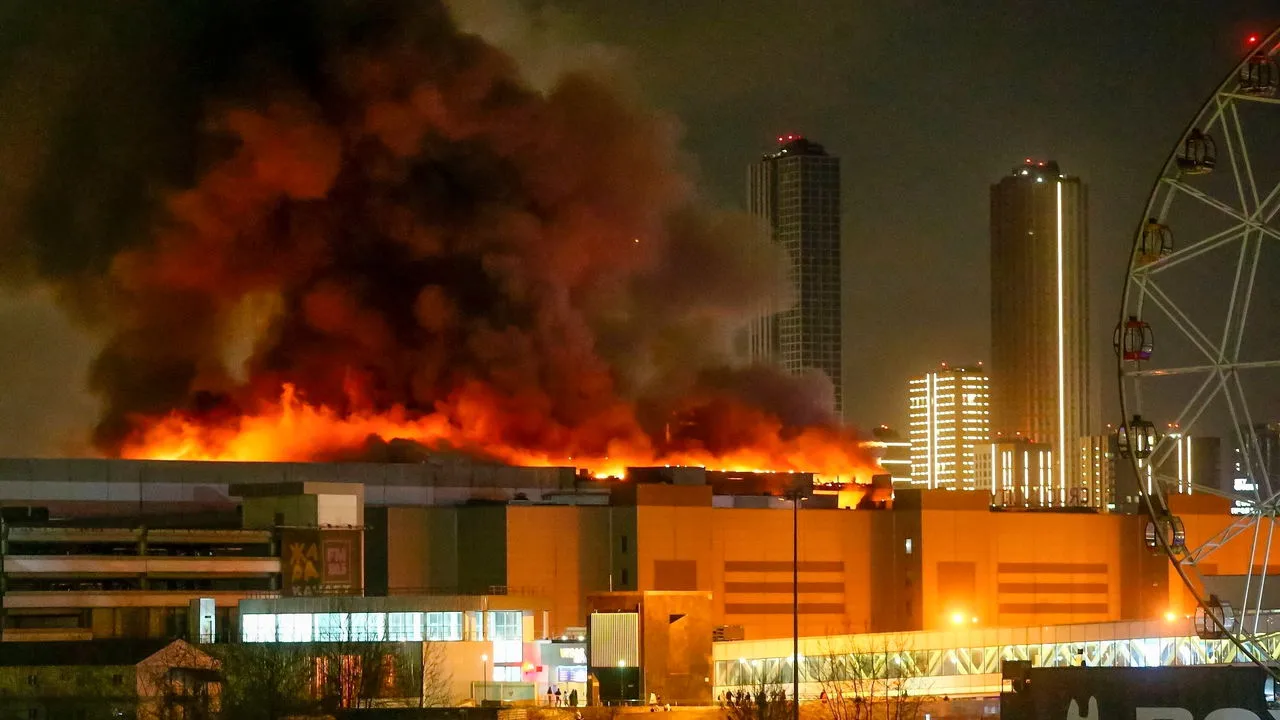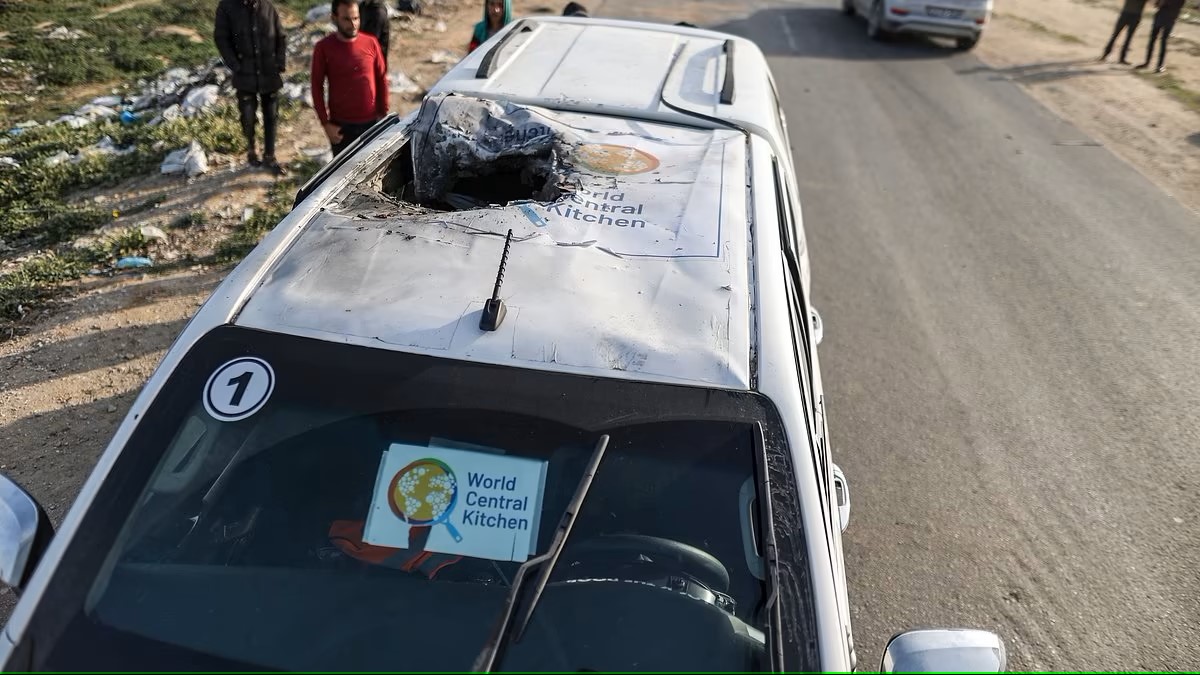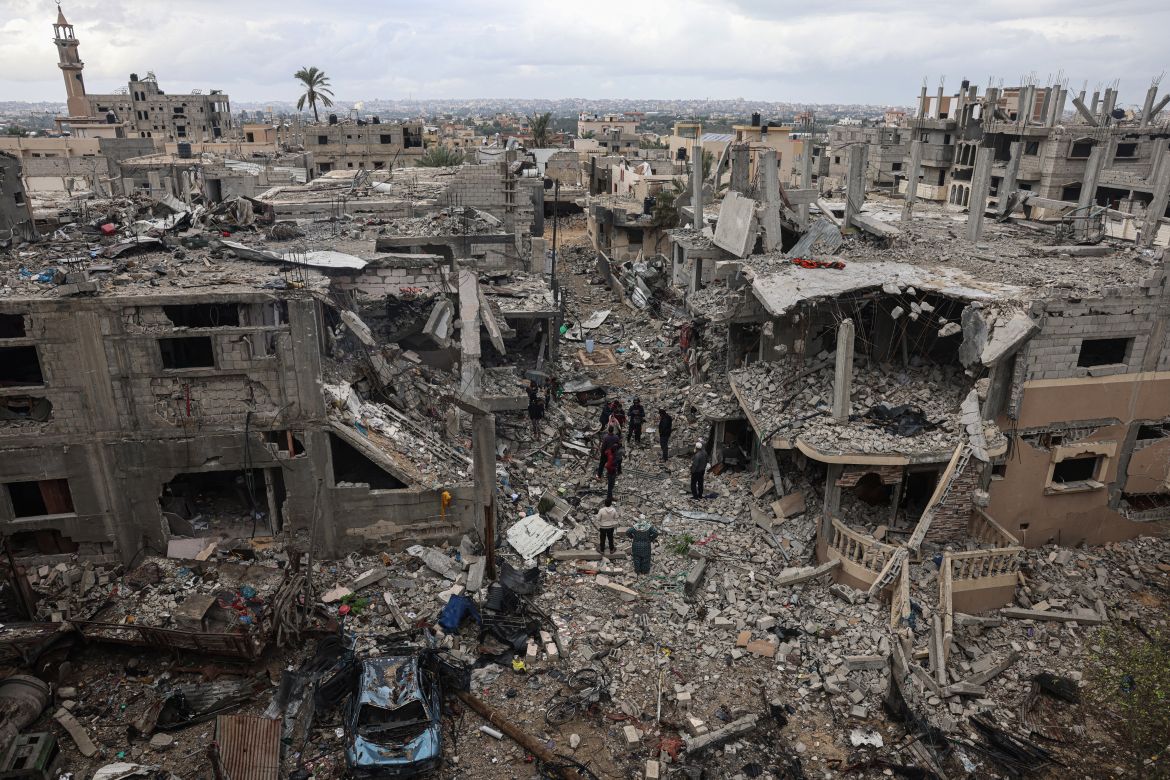In an analysis by Pino Arlacchi published in Il Fatto Quotidiano, three primary theories are proposed regarding the masterminds behind a recent attack in Moscow, amidst an ongoing war. The hypotheses range from an autonomous Islamic group, ISIS, acting independently; to Ukrainian state terrorism employing ISIS to undermine Putin’s security capabilities; to a more complex scenario involving the Ukrainian government under CIA guidance, aiming to provoke a direct conflict between Russia and NATO. The third theory, deemed the most plausible yet least predictive, suggests the attackers have little chance of achieving their goals, framing the act as a risky maneuver by US intelligence in a politically volatile environment. The article critically evaluates these theories against the backdrop of geopolitical dynamics, Putin’s restrained response, and the broader implications for Russian-Western relations.
* * *
by Pino Arlacchi
Reactions to the Moscow massacre vary widely, as expected, and are shaped by the ongoing war’s dynamics. With little doubt that the attack was carried out by killers trained and armed by a superior entity, hypotheses about the masterminds narrow down to three:
The autonomous Islamic matrix. The minor game. ISIS would have acted entirely independently from other possible sources to strike at its historical enemy, Russia, at a time when it is engaged in a war against a country supported by the entire West. This hypothesis is currently the most widespread, supported by the facts available so far, but it will not hold up for long. Those familiar with ISIS-K know it represents what remains of an army defeated in Syria six years ago, whose resources allow for local attacks against the Afghan Taliban, which are in the process of destroying it. It is highly unlikely that its fighters could intervene so far away without external support.
ISIS at the service of Ukrainian state terrorism. The medium game. Kiev would have drawn assassins from the small galaxy of jihadists fighting alongside regular forces to demonstrate that Putin is incapable of ensuring the safety of Russians, and that his intelligence apparatus is worthless, having failed to neutralize the attack despite being warned that public spaces dedicated to “concerts” would also be targeted. This thesis allows us to frame more elements, given that Putin received a severe blow right after his electoral triumph.
The Ukrainian government on CIA’s behest. The big game. The goal in this case would not be limited to delegitimizing Putin and his security apparatus but to overturn the situation, transforming a now-defeated Ukraine into a winning power. How? By pushing Russia into a direct confrontation with NATO. A losing battle for Moscow, given NATO’s admitted military superiority by Putin himself, and given the bluff nature of Russia’s nuclear threat. Putin would not dare risk his country’s self-destruction and would be forced to seek a negotiated and less favorable way out of the conflict. I believe that this time, too, definitive evidence of the ultimate masterminds will not be found. Discussions and investigations will continue for years, until the protagonists disappear from the scene, which will have changed so much as to alter the meaning of every piece of the puzzle.
The most plausible interpretation, unfortunately, is the third, but it is also the one with the least predictive power, meaning that the masterminds behind the massacre have very slim chances of achieving their goals. We are facing a gamble conceived by second-tier minds like those of the leaders of US intelligence, attempting to exploit the current American political vacuum by fighting to the last Ukrainian.
Why is it a poorly crafted gamble? Because NATO does not want and cannot support a real war against Russia without a solid unanimity among its member countries, coupled with a widespread willingness of European and American citizens to rush towards self-annihilation. And because Russia is not bluffing at all. It has already evaluated the possibility of both conventional and nuclear confrontation with the West and is ready to sustain it even though it does not consider it imminent. Putin will not change his mind in the face of the recent NATO troop movements to the border between Ukraine and Poland without air cover, and will not significantly alter his strategy in response to last week’s massacre. And so will the Euro-American powers. Putin’s recent statement on the Islamic perpetrators and the thread that could lead to Kiev seems to straddle the first two hypotheses.
What is most surprising are the extremely measured tones and terms of the presidential statement. It’s as if Putin wanted to confound the expectations of those in the West and in Russia itself, who anticipated a strong response within the dynamics of the war. Something like the threat to strike NATO bases from which Ukrainian planes take off, the announcement of a large-scale counteroffensive, the establishment of a no-fly zone in the Black Sea or around Odessa. None of this happened. The Russian president avoided falling into the trap of those who wanted to impose a war conduct marked by anti-NATO escalation. Putin preferred to continue along the path of a conflict already largely won, absorbing the blow from the Crocus and leaving relations with the West as they were. He then delegated to his subordinates, like the head of the FSB and others, the task of outlining reprisals outside the battlefield. All this supports the logic of the third hypothesis I have presented.
Il Fatto Quotidiano, March 27, 2024



